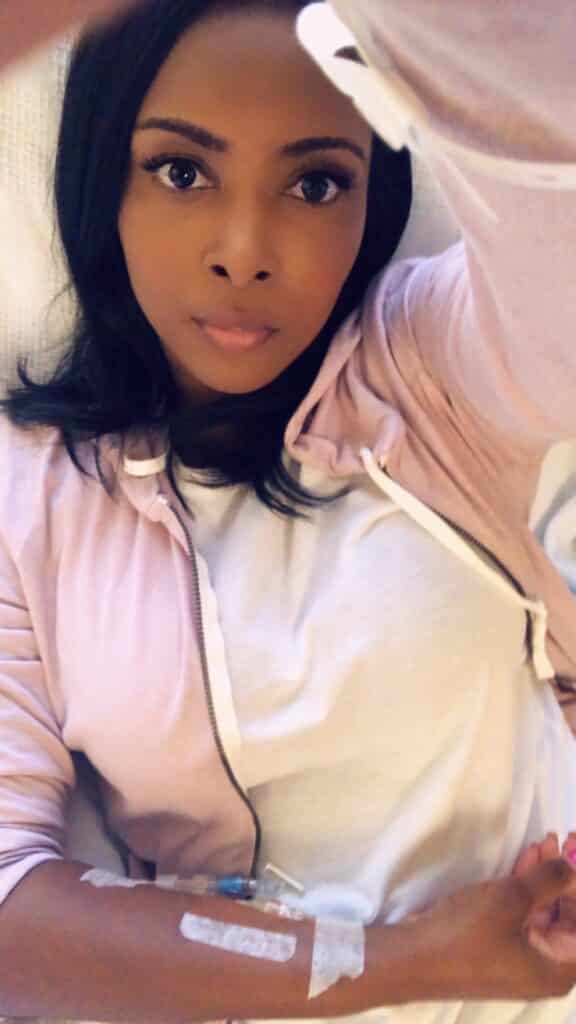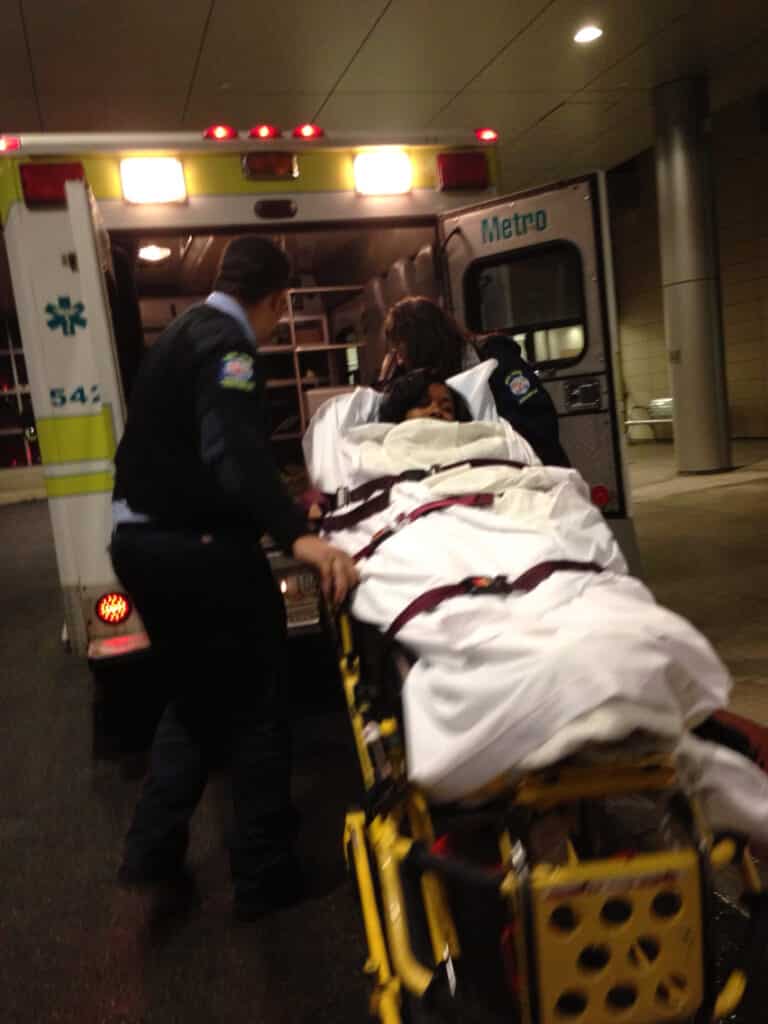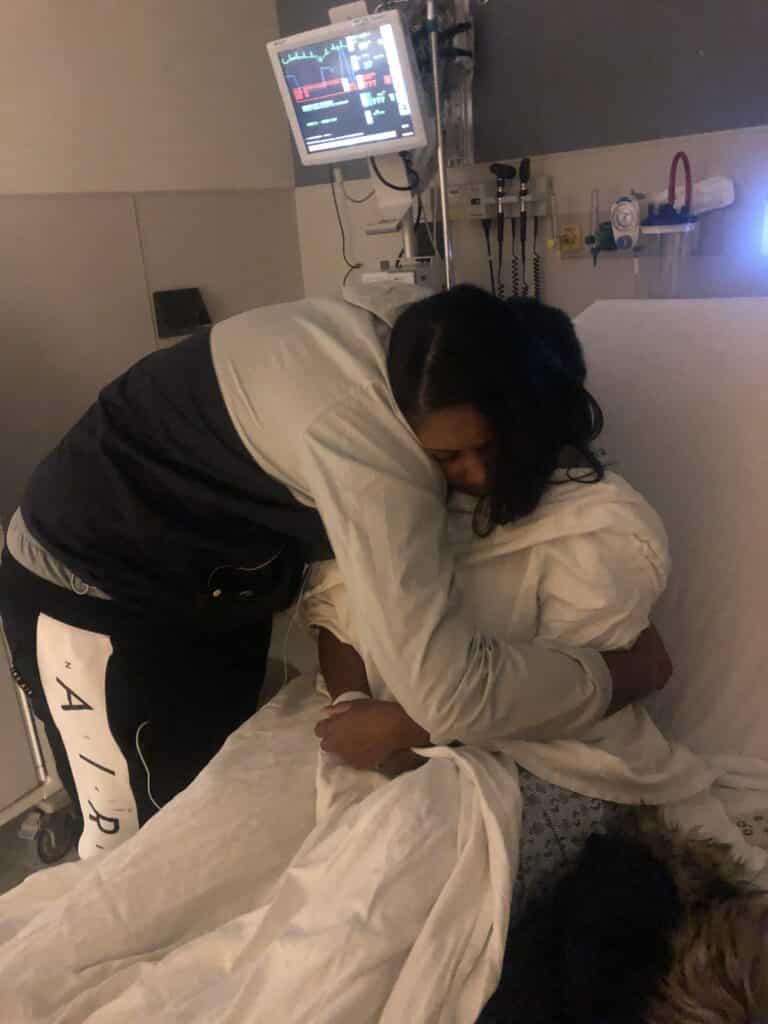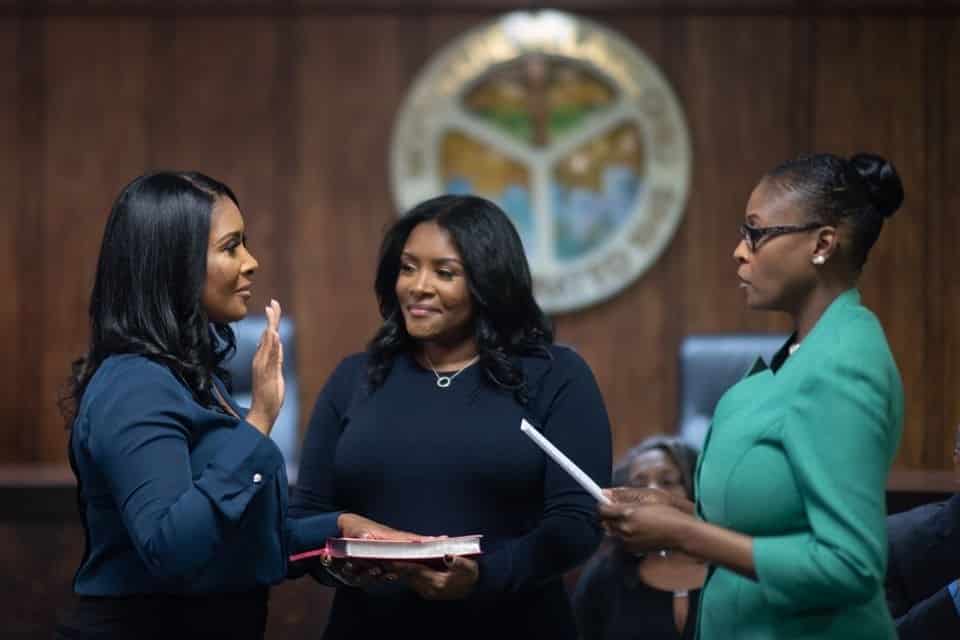
Choose Your Language:
Posted by: The Sumaira Foundation in MOG, Patient, Voices of NMO

Every day we wake up, we surely never expect our day to end with everything turned upside down – and our life changed forever. But it is exactly what happened to me in 2013 after being diagnosed with an autoimmune condition that could likely leave me blind, paralyzed, or worse…
“Ten years before this condition will leave you blind in both eyes and paralyzed from the neck down until eventually, your paralysis will overpower your lung’s ability to function.” I understood then how easy it is to lose hope when we are in dark moments. That is why my story is one of promise and the ability to overcome.
In January 2013, I woke up with a migraine – at least that’s what I thought it was. Since I had suffered from severe migraines for at least eight years, I thought it was just a regular day of pain. Sadly, I easily ignored the important fact that the pain was in my eye and not my temple, and I treated my “migraine” accordingly. It was not until the next day when I noticed every small movement or a look in any direction sent a severe stabbing sensation through my eye. After a few more days, the pain increased tremendously and became unbearable. It was clear that this was no migraine; it was something very, very different indeed.
I called my primary physician for assistance, only she could not see me until later the next week – nearly 10 days away. The thought of going through that amount of pain for another 10 days brought me to tears, but I figured if my doctor was not worried, then neither should I. A few more days went by, and I woke up with what I can only describe as a very thick white cloud or fog covering my eye. I had no sight in my right eye, and the pain was excruciating! I sought medical attention at the nearest urgent care.
When I arrived, a young doctor examined my eye. He immediately began acting in what I can best describe as “weird.” He was moving erratically, going in and out of the room without notice, not so much as a word of what was going on. Finally, he came back in and looked at my eye a second time; he climbed into a chair, feet first, and sat on the chair’s backrest. And then he said, “I have only seen the activity I now see in your eye once in my life, in medical school. I think something neurological is happening,” and then he left the room. He left me completely shocked and deeply concerned about what that meant. He came back into the room with strict instructions that concerned me even more.

After a long night of testing and examination in the emergency room, I was given an injection; they assured me it would relieve the pain and vision loss, and I could go home within the hour. Unfortunately, that was not the case. Within 10 minutes, I had a severe allergic reaction and had to be sedated. While unconscious, the medical team determined they could not help me. They needed to transport me to the nearest main hospital via ambulance.
I woke up the next morning to find myself admitted to the neurological wing of the hospital. Over the next six weeks, I received intravenous steroids, MRIs, CAT scans, blood tests, and three lumbar punctures. My medical team released me from the hospital with a steroid taper and a diagnosis of optic neuritis. This condition causes optic nerve inflammation, leading to complete or partial vision loss. I remained in recovery for another four weeks before I slowly regained sight. Sadly, the pain soon returned. This time it was in my other eye, my left eye. I was admitted to the hospital for another round of testing and IV steroids.
Over the course of one and a half years, I had nine optic neuritis flair-ups, each attack alternating from one eye to the other.
With the frequency of the attacks and the amount of damage my eyes sustained, my neurologist, neuroimmunologist, and neuro-ophthalmologist diagnosed me with seronegative neuromyelitis optica spectrum disorder (NMOSD). NMOSD is a rare condition in which the immune system damages the spinal cord and the nerves of the eyes.
My doctors then gave me a prognosis of complete vision loss and paralysis from my neck down within 5-10 years. Eventually, the paralysis would cause my lungs to stop working, and I would lose my ability to breathe altogether.
As time passed, I realized there was no information anywhere about the condition and no one to talk to who had anything similar because it is such a rare condition. Every time I thought about what the doctors told me, I felt alone, scared, and heartbroken. I mean, even my doctors were still learning about the disease as we went along!

I cannot tell you how incredibly difficult it was to stay positive.
With this prognosis and the four severe chronic illnesses, I’d already been diagnosed with, doing absolutely anything in life felt impossible. I just could not hide the fact, not even from myself, that I was completely devastated.
“What is the point,” I thought. For months I felt despair and lost complete interest in everything; I had no purpose anymore. Nothing mattered. I cared about nothing. I mean, nothing felt bigger than the fact that my body was failing me.
Eventually, my attacks slowed down, and at some point, I went back to church. A Deacon named Brent invited me to join the media ministry. Within a few Sundays, I found myself looking forward to going, to helping….it gave me a purpose again, something to look forward to! It felt so incredibly good to have a purpose again and to see how my work helps bring happiness to others. It honestly felt as though that ministry “brought me back to life.” It gave and still gives me so much pleasure to do work that helps others as they overcome tough and dark circumstances.
Over time and a few more unwanted extended stays in the hospital, I realized how important it was to help those confined to hospital beds. So in 2015, I started a media company that consults with churches, implementing digital systems and direct live streams for those who could not physically attend the sanctuary.
After another flare-up in 2017, I was tested and diagnosed with myelin oligodendrocyte glycoprotein antibody disease (MOG-AD). The immune system damages the nerves’ myelin, causing damage to the spinal cord, eyes (optic nerves), and brainstem). It is a rare demyelinating autoimmune condition for which there is no cure.
Due to the recurrent attacks, I was started on a long-term management plan of chemotherapy medicine every six months and monthly intravenous treatments.
I can tell you that this has been an interesting journey. Over the years, I have not discussed my diagnosis with many people, only sharing my struggles with close family and friends. I have never discussed it publicly until now.

I have been fortunate, and I want to encourage others in any way I can to keep hope and faith during dark times. To keep moving, day by day, and task by task.
I author children’s books that teach meaningful lessons on essential life skills. I also serve my community and focus on assisting vulnerable populations as a Council Member for a city outside Cleveland, Ohio.
I am happy to report that in January 2023, I reached my looming “10 years” prognosis date. Though it is not always easy, I am still here fighting for myself and will continue on in my purpose to fight for others. I am grateful for every day and intentionally do not take life for granted because I have learned it is the most precious thing we have. Every moment the lord grants me the ability to, I will.